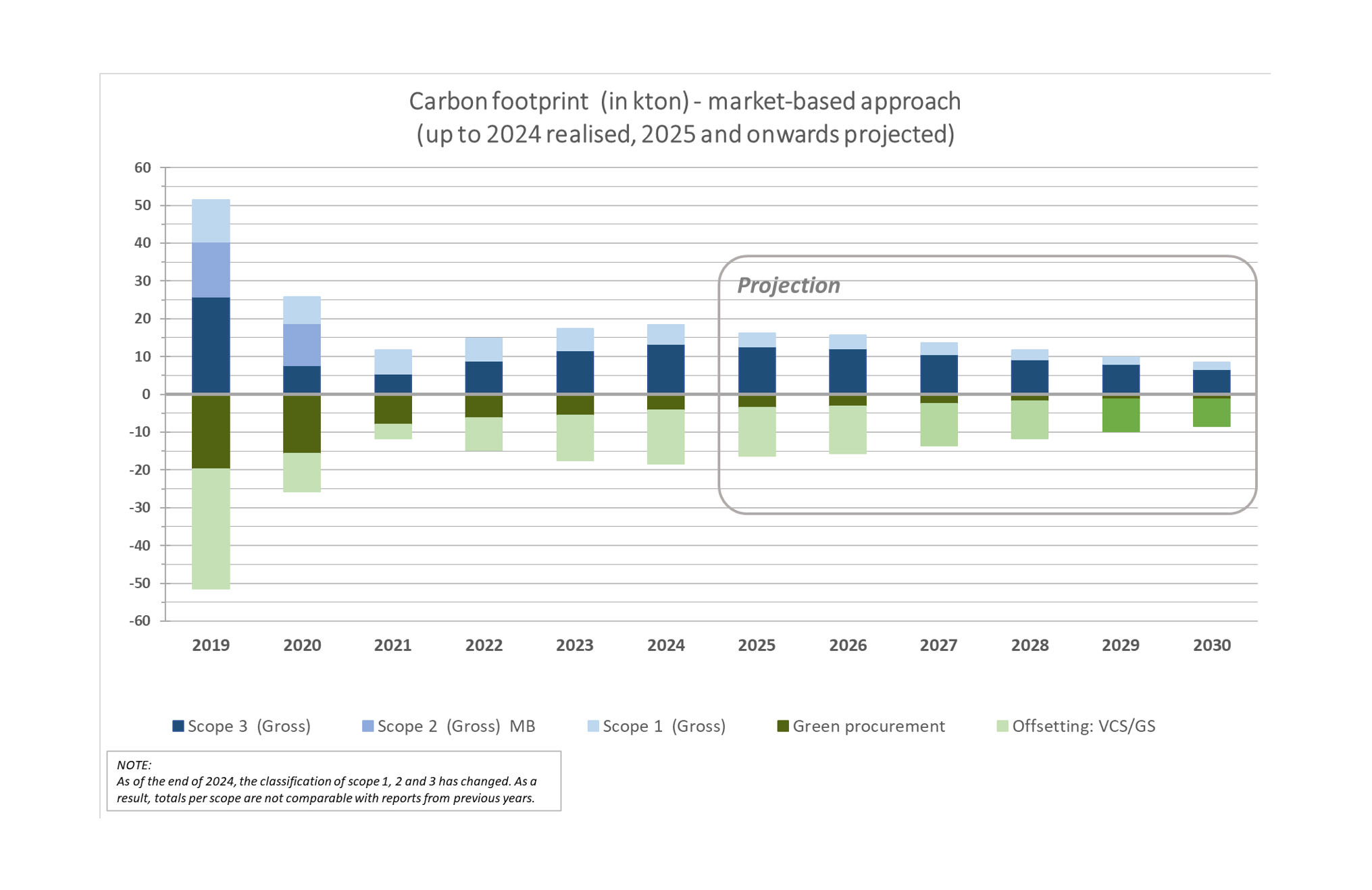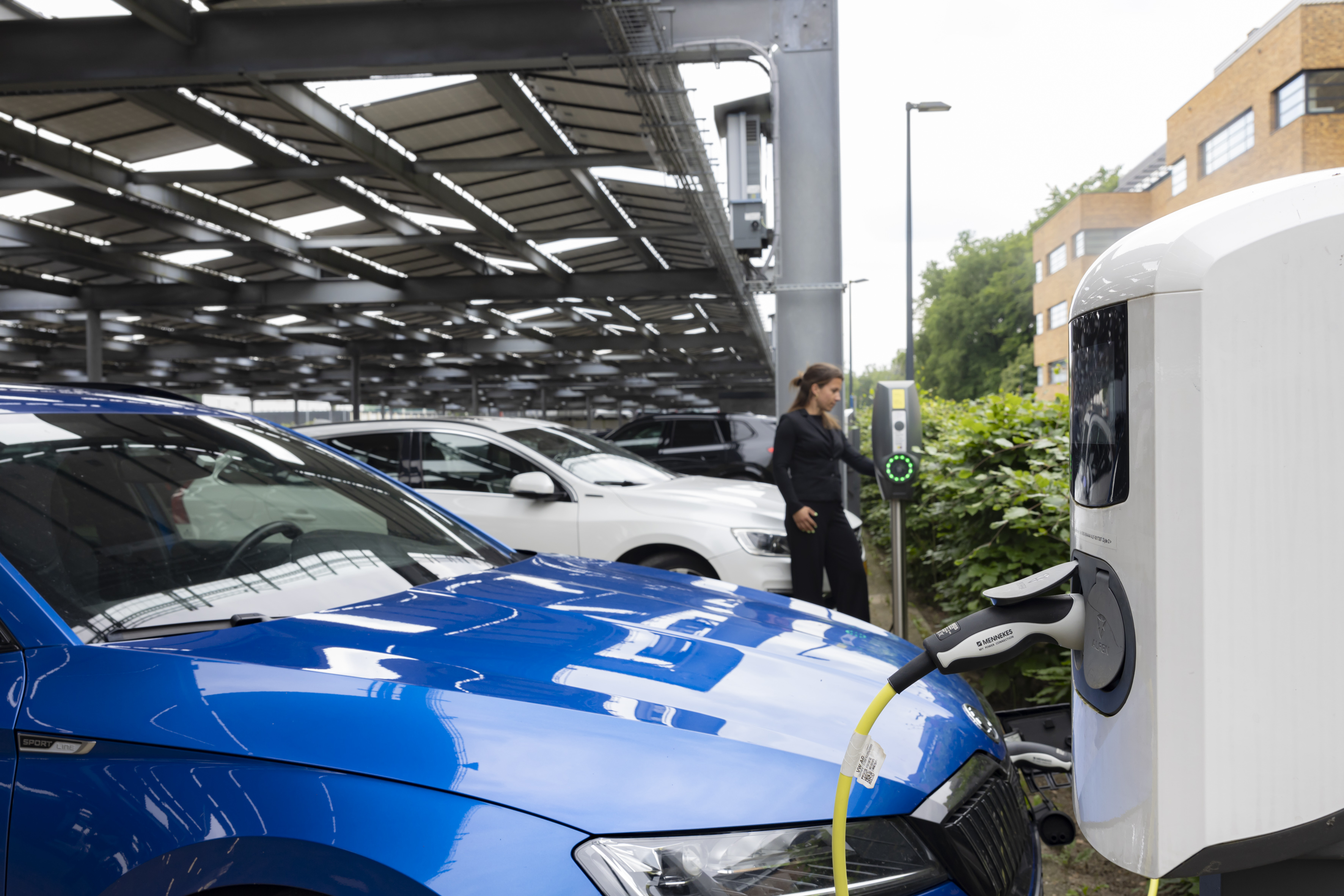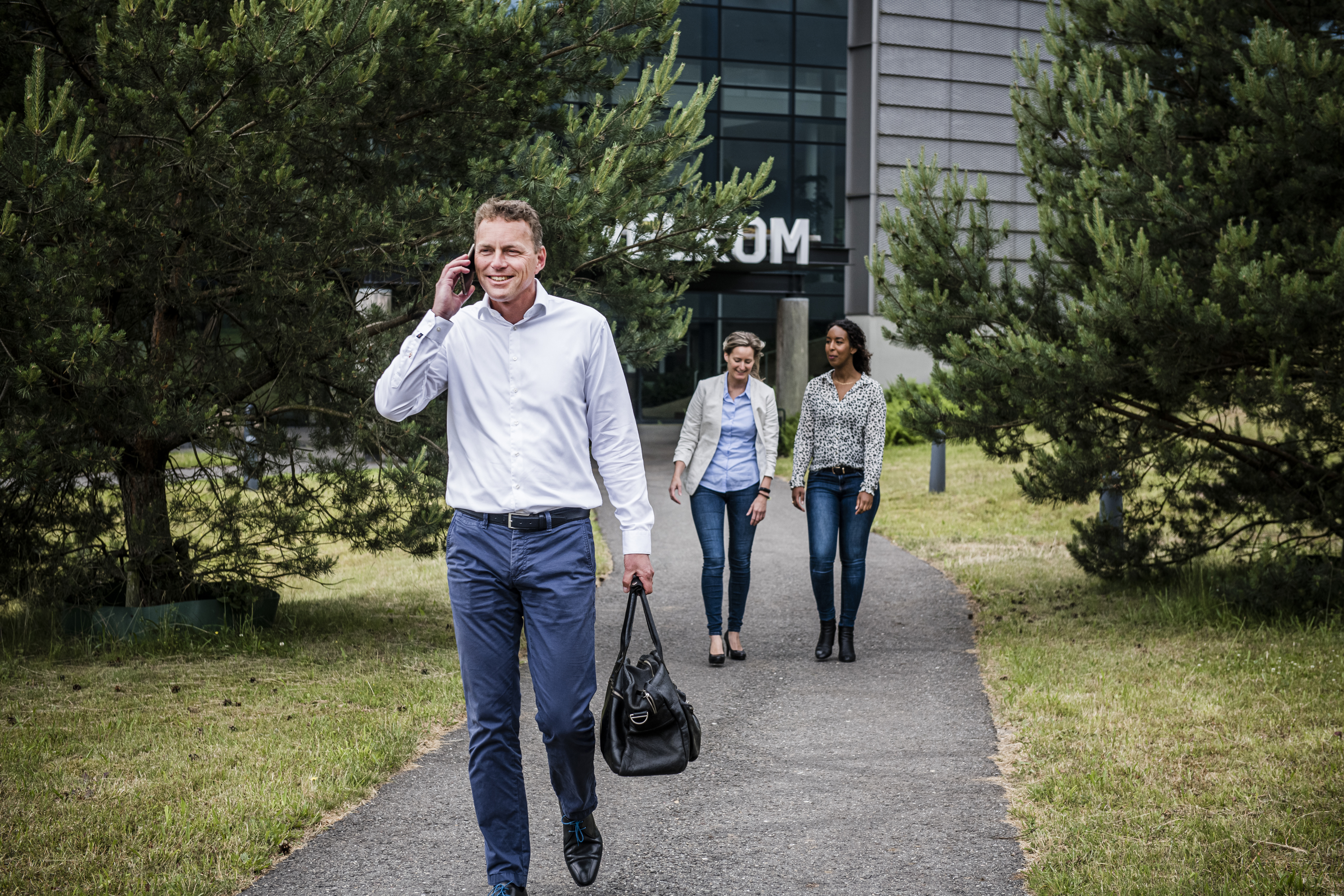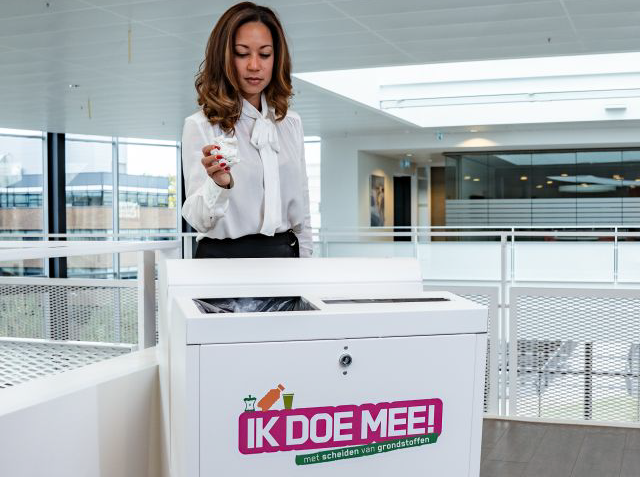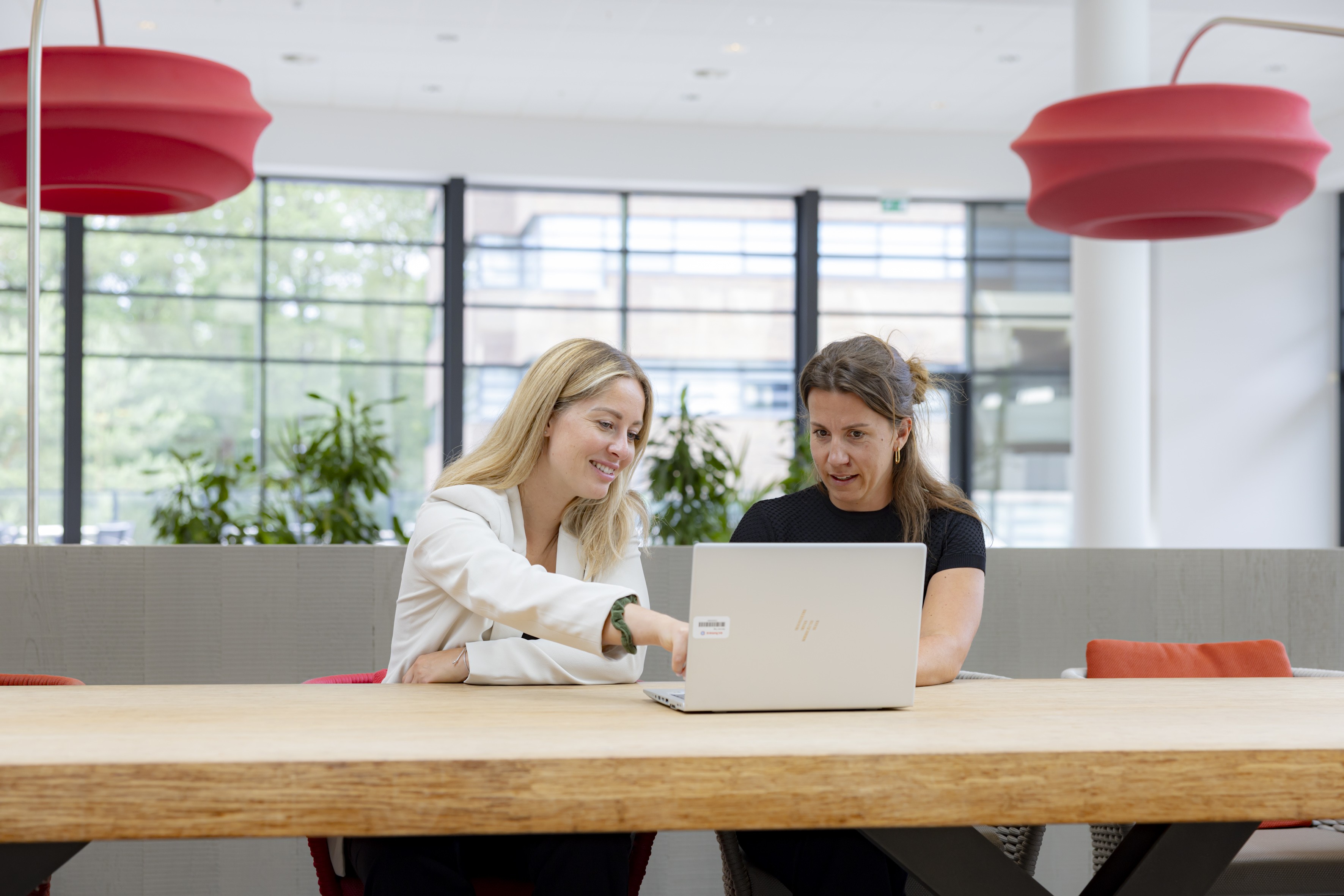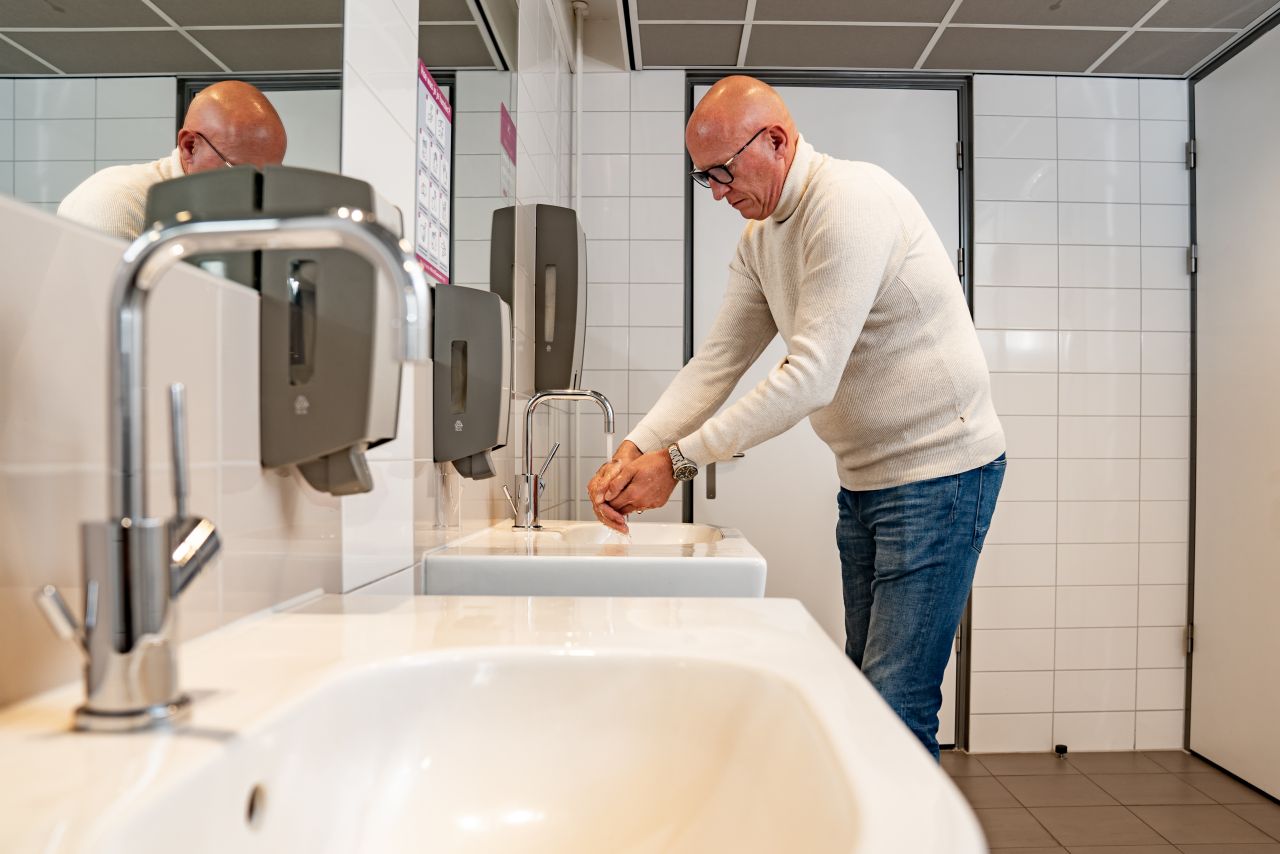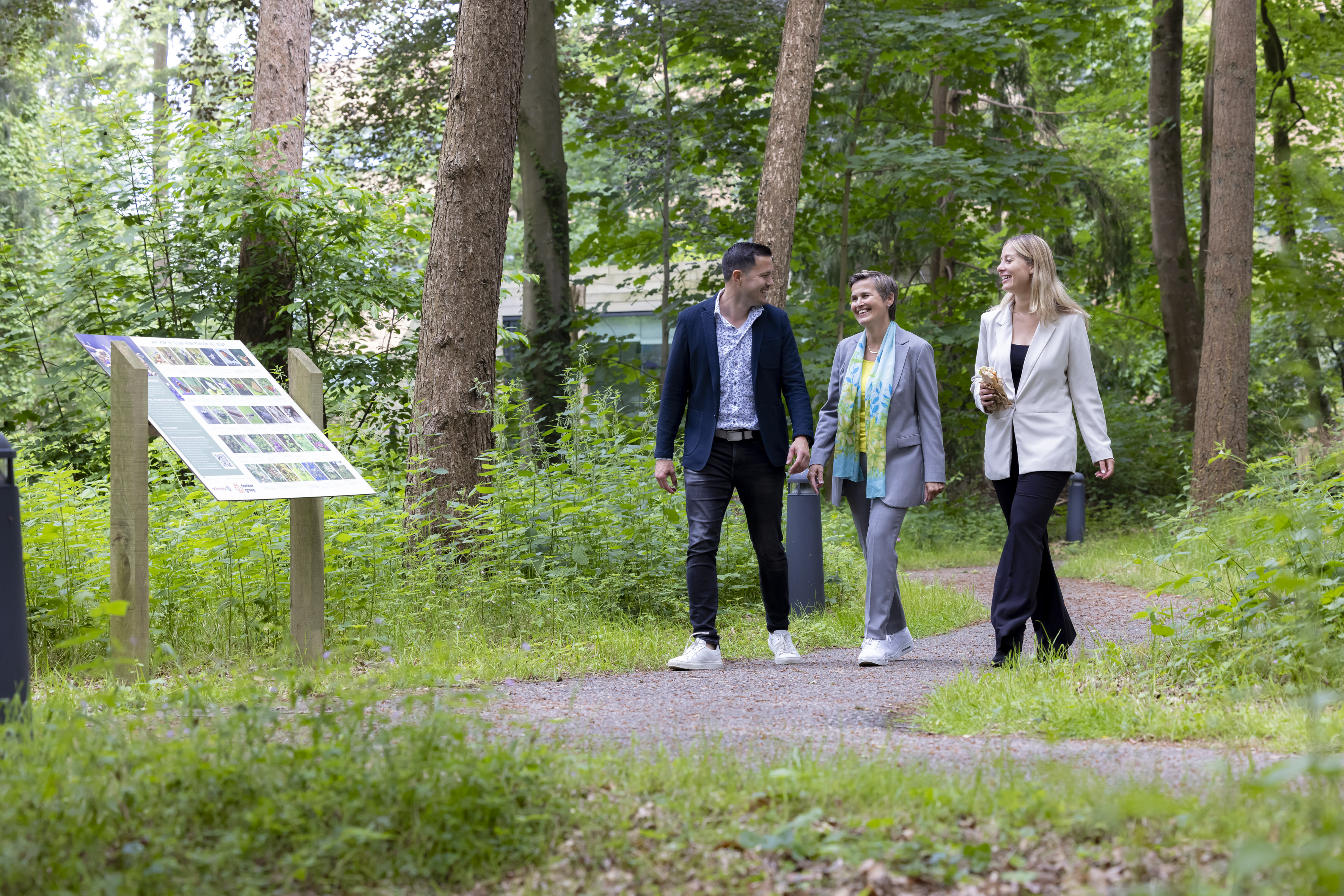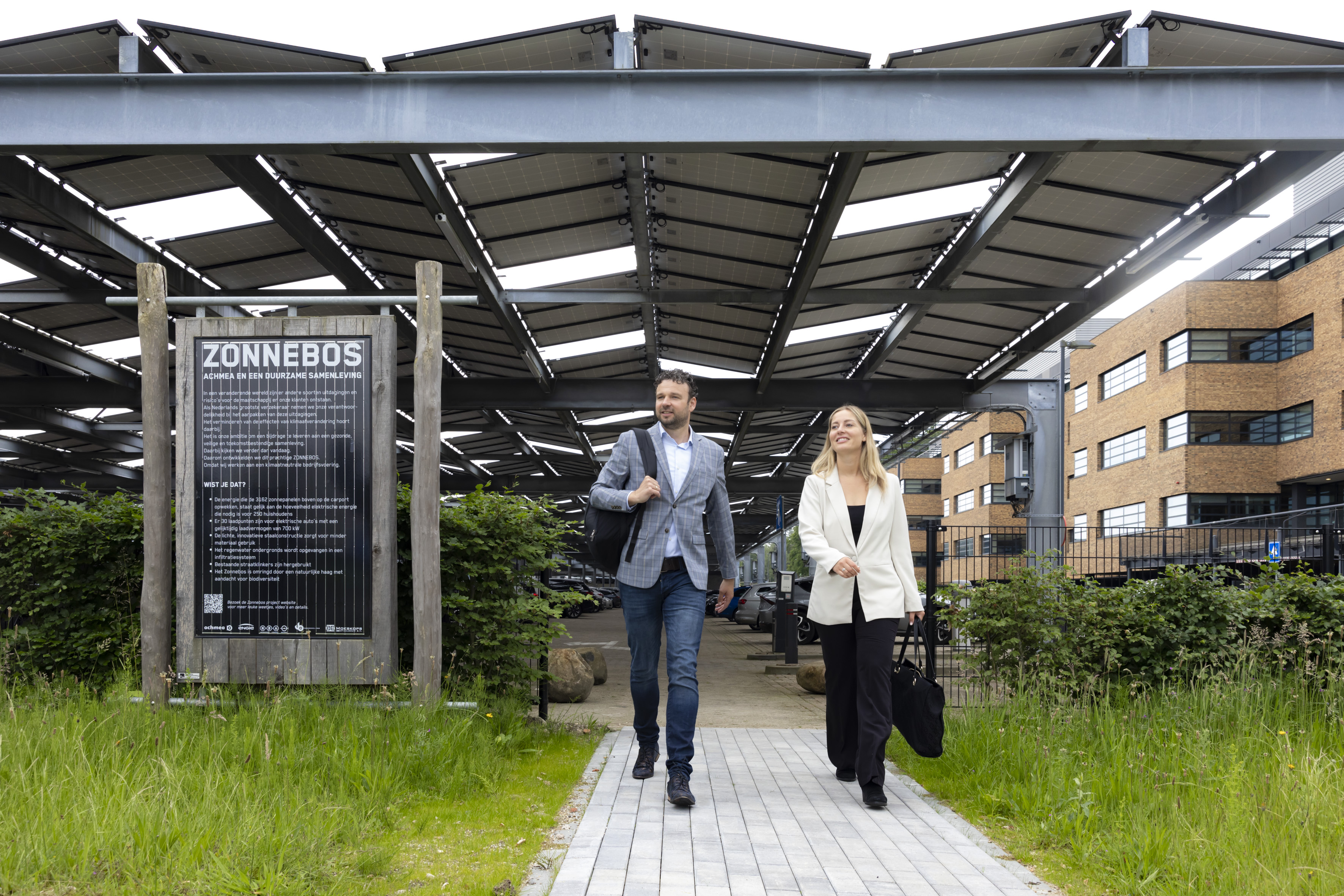
Sustainable business operations
Our ambition: net zero carbon emissions in 2030
- ✅ maximum reduction of carbon emissions (expressed as CO₂eq)
- ✅ offsetting the remaining emissions through large-scale reforestation
This ambition applies to our scope 1, 2 and 3 emissions, or in other words, the energy consumption associated with buildings, business and commuting traffic, working from home, data and cloud services and paper and waste. We measure and report our impact in accordance with the GHG protocol.
Compensation: from cook stoves to reforestation
For the longer term, we are opting for natural compensation by means of reforestation. We are working with Land Life Company for this purpose. Between 2021 and 2024, trees were planted in Australia and Spain that will offset about 200,000 tons of CO₂ over a 40-year period starting from 2029. Because these are young plantings, it will take several years before the trees are mature enough to absorb sufficient CO₂ for certification purposes.
Transparent and measurable
You can find more about the progress we have made in our Climate Transition Plan and in the annual ESG reports.
Commitments
Paris Proof Commitment
Achmea is working toward climate-neutral operations by 2030. One aspect of this is to make our offices energy neutral. To emphasise this ambition, we signed the Dutch Green Building Council’s Paris Proof Commitment on 5 July 2021. This means Achmea agrees that all existing and new buildings under the direct control of Achmea Internal Services (its own real estate) must be Paris Proof by 2040.
Anders Reizen
We participate in the Anders Reizen (Travel Differently) coalition with over 70 other major companies. The shared ambition of Anders Reizen is to halve business travel carbon emissions by 2030 (compared to 2016). Achmea counts both commuting and air travel as business travel.
